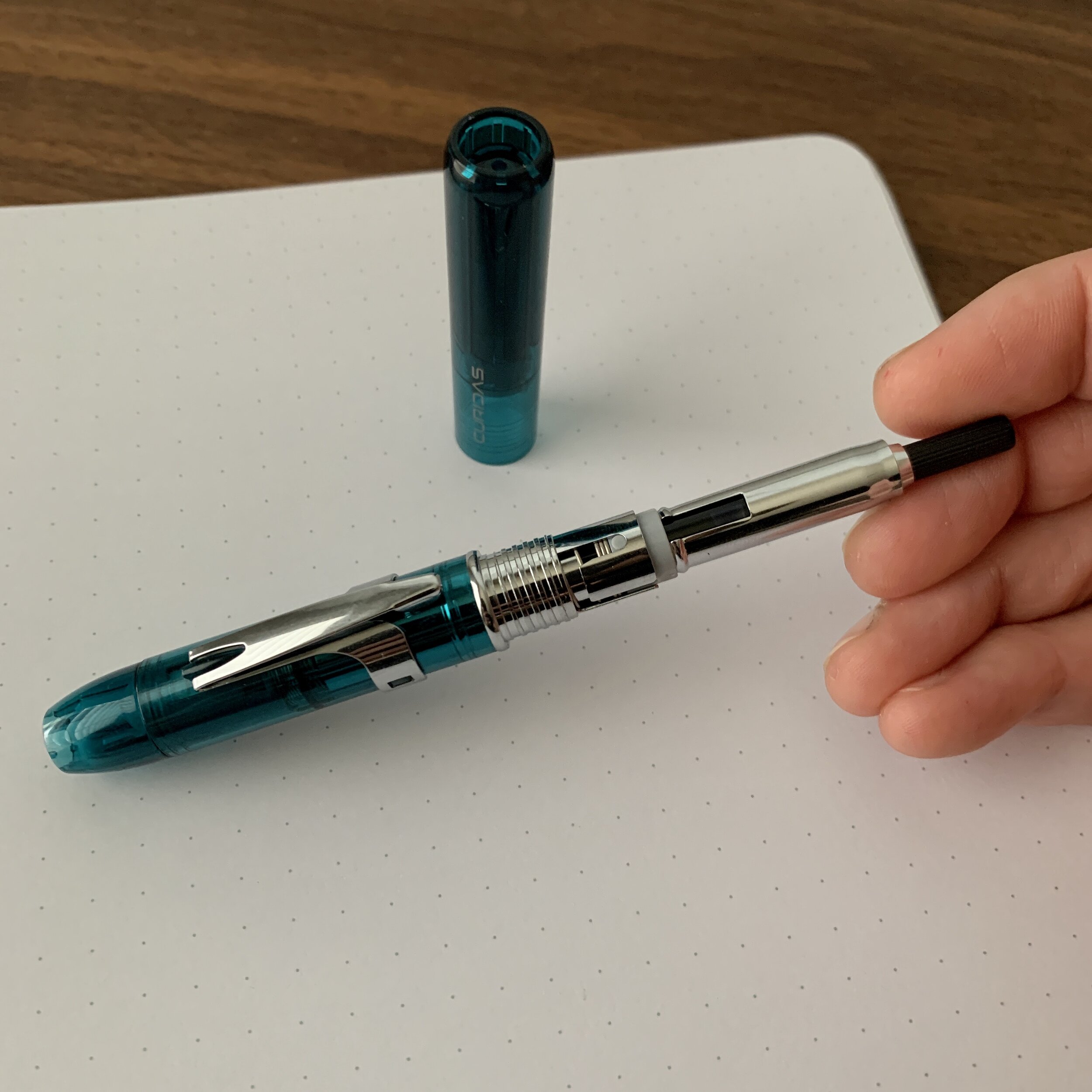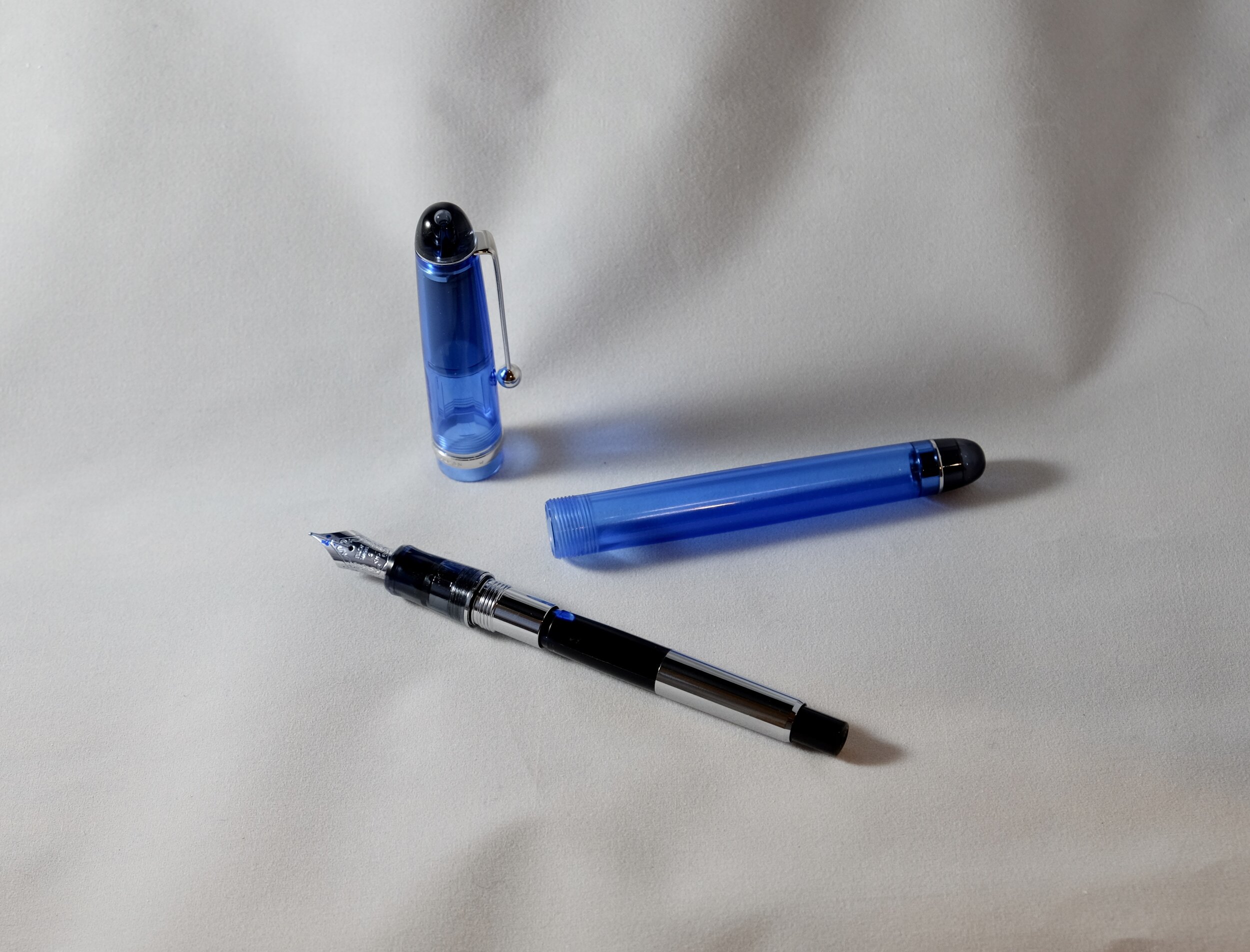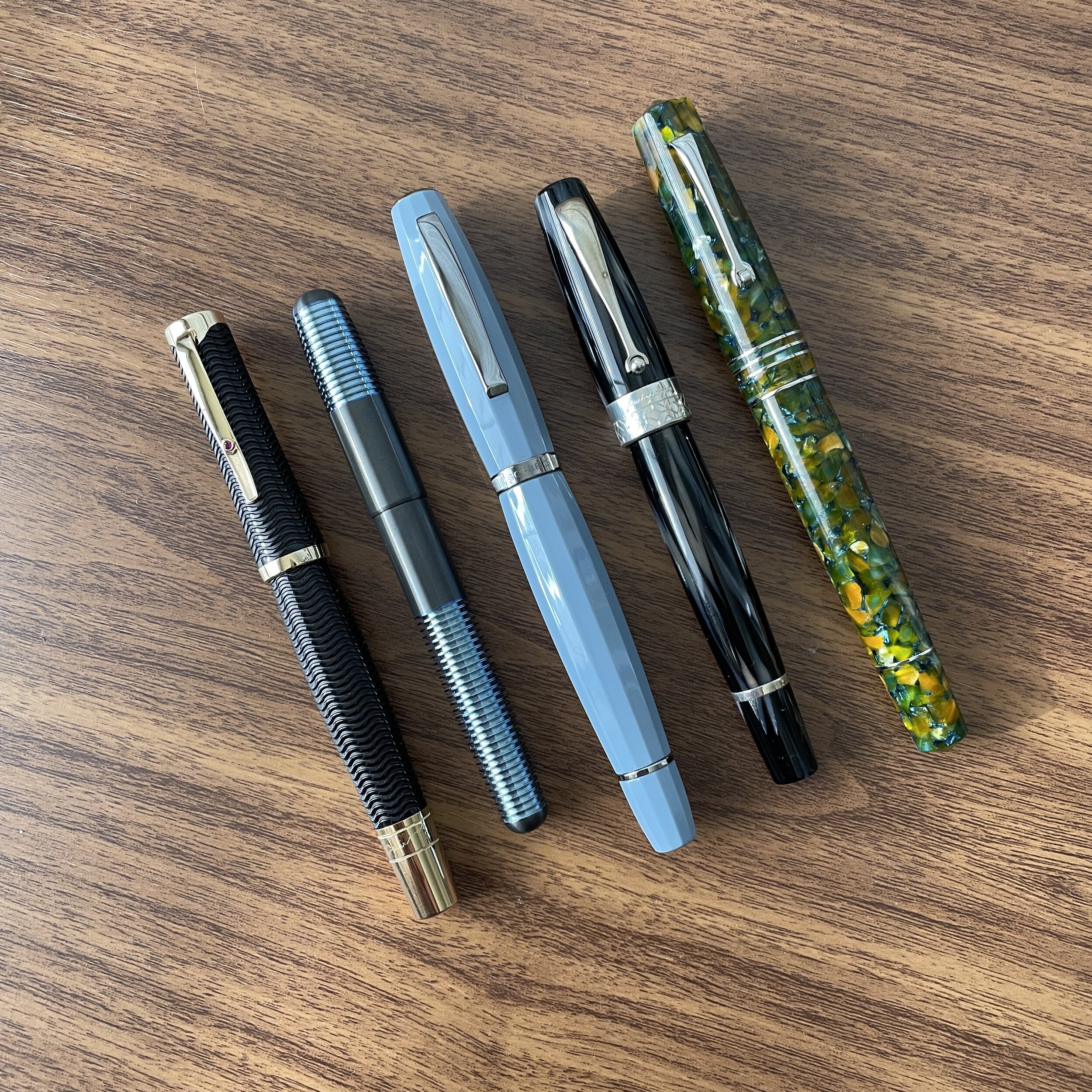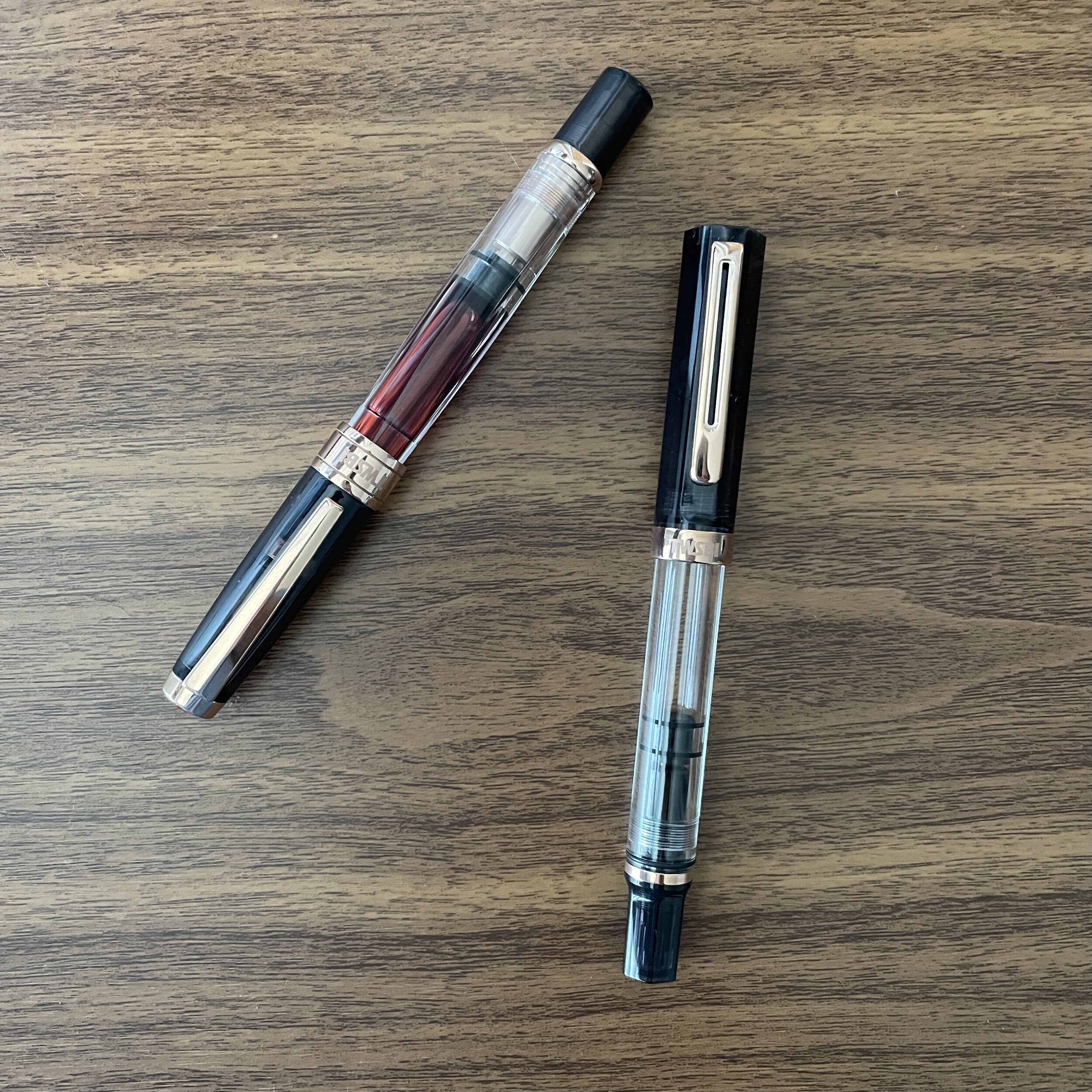Every year around this time (which is typically when I go on vacation, in normal times), I take a week to reflect on both (1) the most popular post from the first several months of the year; and (2) my favorite posts from the first several months. These recaps serve a couple of different purposes: They let new readers and those who’ve fallen behind catch up on posts they may have missed, and give me an overview of where I’ve spent most of my time and whether I want to change direction at all. There’s a nice mix of content here, including updated Top Five lists, personal reflections, and pen and ink reviews, and it’s generally reflective of the site’s new direction. Happy reading!
My Five Best Pencils for Everyday Writing, Five Years Later. With T.G.S. having celebrated it’s seventh anniversary in April, one of my major goals was to revisit popular “Best of” or “Top Five” lists from the early days of the site, many of which had grown woefully out-of-date. First up was this “Best Pencils” post - a solid reader favorite. You can still read the original here, to see what changed and what stayed the same.
A Closer Look: Best Notebooks for a Commonplace Book. All that time spent at home during 2020 really allowed me to restart my reading habit, if not in number of books consumed, then in the depth at which I read. I’ve regularly kept a commonplace book (a collection of quotes, notes, and “to read” recommendations) for the past year and a half and found it to be a fulfilling hobby.
First Impressions: Hands-on with the New Parker 51 Fountain Pen. Of course this one got the page views. (And the comments. Oh yes, the comments. They still keep coming.)
Mini-Collections and Under-Appreciated Pens: The Parker Sonnet. I guess I’ve spent the first part of the year on a bit of a modern Parker kick. I keep coming back to the Sonnet as an all-time favorite, as there’s something about the pen’s classic design that makes it a potential “desert island” writer for me, along with the Lamy 2000. As I discuss in that post, I’ve unconsciously accumulated a small “mini-collection” of Sonnets over the years.
Exploring Iroshizuku, Part I and Part II. I tend to shy away from doing a lot of ink reviews, since I find today’s ink market (1) intimidating due to its sheer size, and (2) a bit of a hype machine designed to encourage people to constantly acquire more ink than any person could ever use in a reasonable lifetime. I do, however, enjoy well-made, beautiful ink that’s suitable for everyday writing, such as Pilot’s Iroshizuku line. In these two posts, which form part of a larger work-in-progress, I look at six different inks, many of which are long-time favorites.
A Late Addition to the Commonplace Book Post….
I don’t recall exactly where I picked this tip up, but sometime during 2020 I started sticking “library pockets” in the back of my books, that I would use to hold index cards for notetaking while I was traveling or reading. I’d later transcribe my notes from the notecards into my commonplace book. The habit has stuck (especially for books I can’t or don’t want to annotate or mark up), but I WAY over-purchased library pockets, and accidentally ordered more than a hundred of them. I don’t want to just throw them out, so I’m giving them away. If you order a notebook from the Curated Shop (hopefully for commonplacing but it’s not necessary), I’ll throw in a couple of these pockets, free of charge. The promotion will last until I’ve exhausted my excess supply. (Just to be clear, you’ll receive two pockets per person, per order, not two pockets per notebook.)




